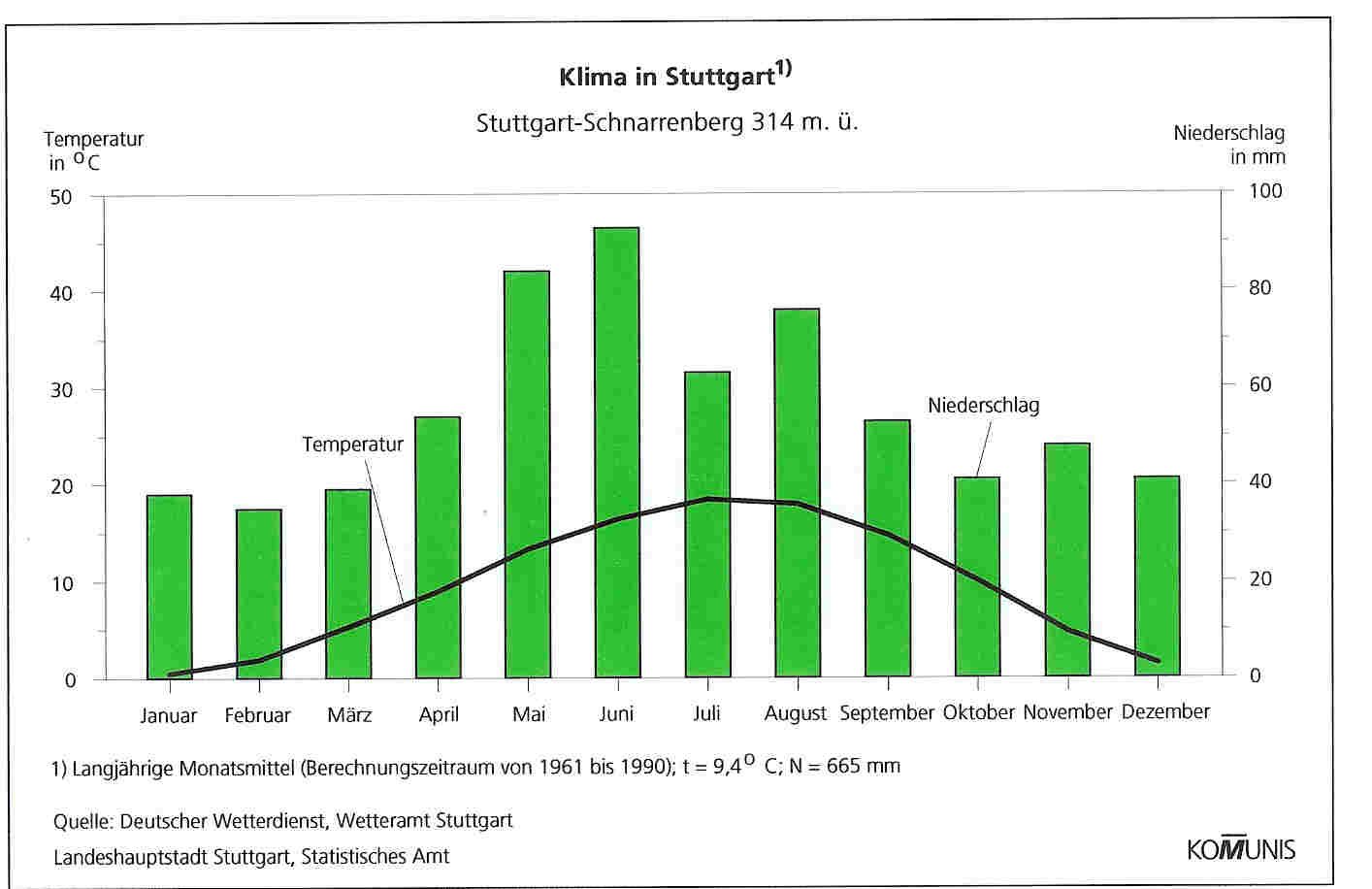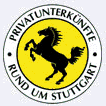
Numbers
The capital of the South West German federal state Baden-Württemberg, founded in 1952, with its 588.617 inhabitants, is the heart of one of the strongest industry regions in Germany. Around 440.000 jobs are offered in the capital alone, 1.3 million in the whole region.
The term „culture“ in Stuttgart comprises well-known national and international addresses: the Staatstheater (theatre, ballet and opera), Staatsgalerie, Galerie der Stadt Stuttgart, Württembergisches Landesmuseum, Linden-Museum, Museum für Naturkunde and the world famous Weißenhof Siedlung settlement.
Wine and beer have got their own museums here, just like the two automobile brands Mercedes-Benz and Porsche. Directly next to the head office of DaimlerChrysler is the SI-Centre which draws in visitors with two musical theatres, casino, cinema palace and select gastronomy.
Stuttgart is the secret sport capital of Germany. Centres for large (not only sports) events are the Gottlieb-Daimler-Stadion and the Hanns-Martin-Schleyer-Halle. Not far from these sports arenas there is wellness; Stuttgart is the European city with the largest mineral water springs after Budapest.
Federal state:
Baden-Württemberg – Urban district of Stuttgart Stuttgart: 23 city districts Inhabitants: 590 095 (as of 31st August 2005) Geographic location: Width: 48° 46' 39'' North Length: 9° 10' 43'' East Climate type: Moderately humid climate with warm summers Climate data: Average air temperature 9,4°C Sunshine (yearly): 1 693 hours Days of frost (yearly): 77 days Yearly rainfall: 665 mm
Land utilisation: Total area 20 736 ha Buildings (29,3%) 6 085 ha Traffic (14,3%) 2 974 ha Agricultural use (24%) 4 980 ha Forest (23,8%) 4 944 ha Recreation (5,3%) 1 108 ha Other (3,1%) 645 ha Largest expansion: N-S-direction 19,4 km O-W-direction 20,4 km Altitude: Average altitude 260 m Lowest point 207 m Highest point 549 m Tallest building: TV Tower (including antenna) 217 m
Climate data overview: see also www.stadtklima.de






